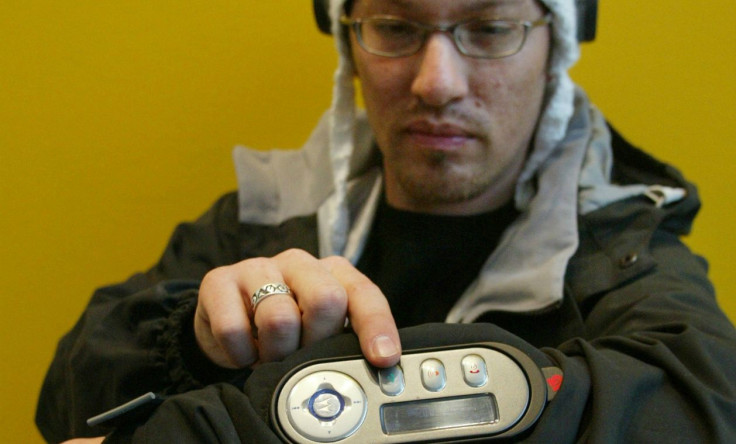Smart wearables roll out from tech and apparel firms

The last couple of years have seen the arrival in the market of smart clothes or apparel with technology embedded in them. With Project Jacquard, a venture of Google’s Advanced Technology and Projects (ATAP) in collaboration with Levi’s, commuters now have the upper hand to do simple tasks when enjoying a bike ride.
Weaving touch controls into clothing fabrics was unheard of a decade ago, but Google’s ATAP set out to do just that. A conductive thread called Jaquard Thread is combined with a small Bluetooth controller that runs on standard watch battery placed in a dedicated pocket.
Building touch and gesture sensitive areas on the jacket sleeve, users are able to interact with a variety of services including making or dismissing a call, changing music and using map apps. All it takes is a tap or swipe of the sleeve. The Commuter Jacket was presented at the recent annual South by Southwest Festival (SXSW), held in Austin, Texas.
The Commuter Trucker Jacket will reportedly go on sale this fall. Individuals interested in getting the futuristic piece of apparel will be back by US$350 (AUS$460), Android Authority reported.
Such trends usher a new way of handling tech devices. Tractica, a market intelligence firm focused on human interaction with technology, had forecasted that total shipments of smart clothing will soar. Shipments increased from 968,000 units in 2015 to 24.8 million units in 2021.
In an age when sensors and connected devices have emerged as more than fleeting trends, companies have lost no time creating innovations with specific customers in mind. Now available in the market are tech garments like the smart compression shirt suitable for athletes. It comes with heart rate capture points on the front and a pocket on the back for a GPS sensor, enabling wearers to track motion and heart rate metrics in real time, Wareable reported. At the CES event in Las Vegas last year, smart clothing vendors featured fashionable and functional innovations for the foot and chest.
The Google innovation is essentially a wearable flexible touchscreen. The jacket is able to sense the human gesture, and a removable tag then sends a signal to the wearer’s phone. A simple swipe of a sleeve instantly gives the user directions.
An incoming call may be dismissed with a swipe. A double tap with two fingers, on the other hand, will start or stop music.
Bringing the innovation to the market was not a smooth ride. Google had approached key decision-makers in the US fashion industry proposing the wearable tech.
Various brands and companies initially rejected the technology that sounded “foreign,” said Ivan Poupyrev, the technical program lead at Google ATAP. The tech company had to break down the skepticism.
Years back, outerwear and snowboards manufacturer Burton Snowboards came out with a snowboarding jacket with a built-in MP3 player. It came with a fabric control panel keypad sewn into the sleeve and speakers built-into the helmet. It signaled the state of things to come in wearable connected devices.






